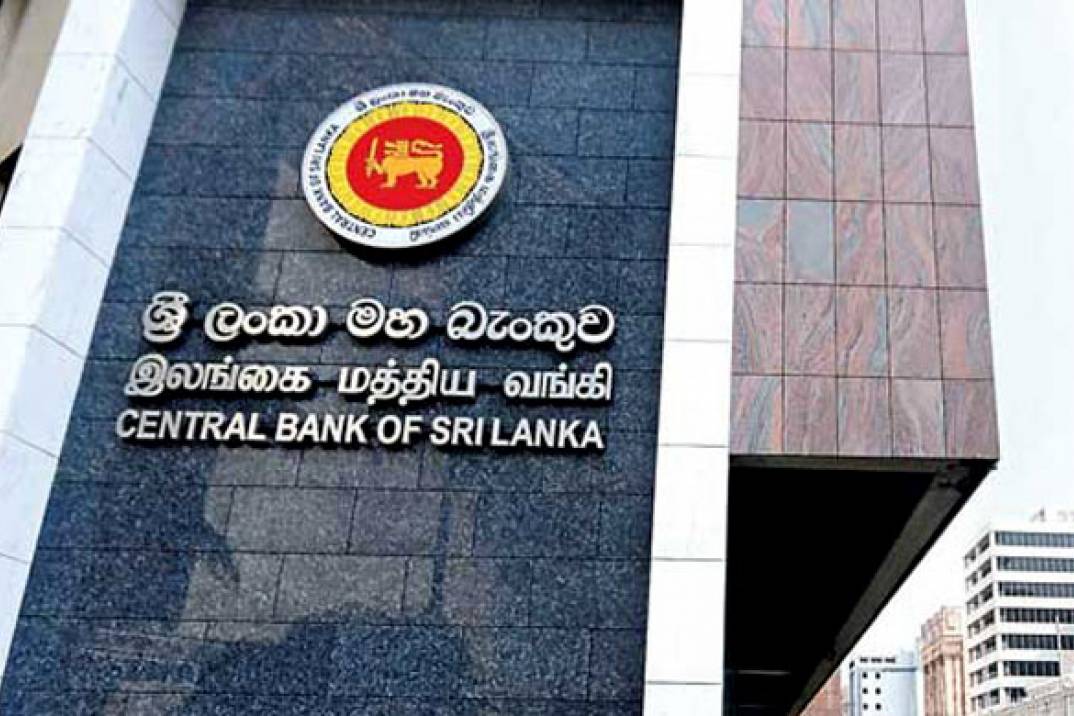Declares 2020 ‘Year of Digital Transactions’, launches ‘Cash Wade’ campaign
Despite 23 m debit cards issued, about 5% used, women even less
CB proposes slew of new platforms to increase links between public, banks, vendors Efforts to move Sri Lanka towards a cashless society are being hindered by slow absorption of technology by the public, banks and vendors, officials of the Central Bank said yesterday, calling for more engagement to increase financial inclusiveness and reduce costs.
The Central Bank yesterday declared 2020 the ‘Year of Digital Transactions’ and launched the campaign ‘Cash Wade’, calling on the public to actively engage in expanding online transactions. Officials pointed out that even though about 23 million debit cards had been issued to Sri Lankans, only about 5% of them were used regularly with even fewer being used by women.
“Smartphone penetration in Sri Lanka is about 40% but financial transactions remain largely cash dependent. Secure payment systems have been created between consumers, public institutions and private companies but these are rarely used. We have therefore decided to dedicate this year to increasing digital transactions in Sri Lanka,” Deputy Governor H.A. Karunaratne told reporters.
Sri Lanka currently has about 1.7 million credit cards in circulation but onboarding vendors has proved challenging, particularly outside the Western Province. This is largely because of vendors having to pay high costs for card machines and a Merchant Discount Rate (MDR) for each transaction.
- Pix by Shehan Gunasekera
“The machines are more expensive in Sri Lanka where one machine can retail for about Rs. 65,000 and vendors have to also pay for software upgrades as well as a monthly rate on transactions. Then on each transaction they also have to pay a MDR, which can sometimes be as high as 3.5%. So unless there is a large amount of transactions, no vendor is going to move to card transactions. This is why we have introduced the Lanka QR code, which takes away the need for a machine and the MDR for this year is only 0.5%,” said Central Bank Payments and Settlements Department Director D. Kumaratunge.
Despite being introduced in October 2018, so far only Bank of Ceylon, Commercial Bank, Cargills Bank and Hatton National Bank have come on board with the QR code initiative but the Central Bank is optimistic others will join in the coming months. These four banks have converted their own QR codes into the Lanka QR code and are working to get their vendors to adopt the technology, which will take time, Kumaratunge acknowledged.
The digital divide is also exacerbated by banks taking an extensive amount of time, sometimes several years, to join other initiatives rolled out by the Central Bank. These include the Direct Debit platform which was launched in 2015 but six commercial banks and three non-banks started joining only in 2019, JustPay launched in 2018 and has seven banks and one non-banking institution and Payment Exchange Name (PEN) launched in 2018 but banks will only start joining later this month.
“It is important that we have many banks engaged in this process because it is only then that there will be interoperability. Otherwise we will see people lose interest because it is not genuinely convenient. This is why the Central Bank plans to introduce measures such as shared Know-Your-Customers (KYCs) because they must be used across the financial system,” Kumaratunge added.
The Open API system, which essentially allows customers to view bank accounts of different banks on one platform, will also be initiated this year with the Central Bank calling for proposals from prospective investors during the first week of April.
(FT)

